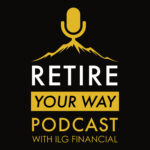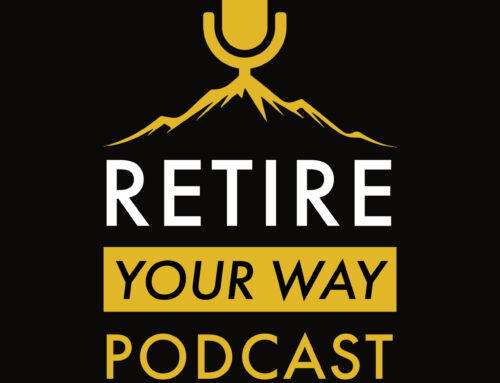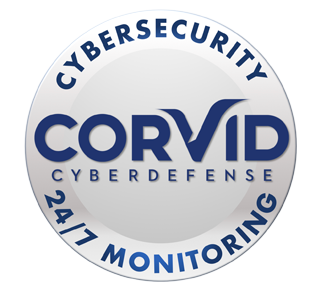 Published by Kiplinger.com
Published by Kiplinger.com
Written by Kris Maksimovich
“During your working years, your largest income stream is generally from employment. When you retire, however, your income will likely need to come from a variety of sources, such as retirement accounts, after-tax investments, Social Security, pensions or even continued part-time work.”
“For those looking to create a retirement income stream, there are a variety of strategies available depending upon your specific income needs and lifetime goals. Two simple retirement income strategies include the total return approach and the bucket approach.
Total Return Approach to Retirement Income
“The total return approach is probably the best-known strategy. With this approach, assets are invested with a focus on diversification, using a portfolio of investments with a varied potential for growth, stability and liquidity, based on your time horizon, risk tolerance and need for current and future income. There are three defined stages within this approach, which are contingent upon how near you are to retirement:
- Accumulation phase: During peak earnings years, the objective is to increase total portfolio value through long-term investments that offer growth potential.
- Pre-retirement phase: As you approach retirement this should include a gradual move toward a more balanced growth and income-based portfolio, with an increased allocation toward stable and liquid assets as a means of preserving your earnings.
- Retirement phase: Once retired, maximizing tax-efficient income while protecting against principal decline may result in a portfolio heavily weighted toward income-producing liquid assets.
“Pros and cons: The benefit of adopting the total return approach is that, as a rule, the portfolio should outperform one that is heavily weighted toward income generation over a longer time frame. The largest disadvantage of this approach is that it takes discipline. It is important to remember that the appropriate withdrawal rate should depend upon your personal situation and the economic environment, though many advisers suggest starting with a withdrawal rate of 3%-5%, which may then be adjusted each year for inflation.”
Click here to read the remainder of this article.























 Megan Jones joined the ILG Financial team in 2020 as marketing director. Megan and her husband live in Fredericksburg, VA with their German Short Haired Pointer, Gus. Megan is a graduate of Longwood University and holds a degree in communications. Megan is the oldest of Dave Lopez’s three children and not only enjoys working alongside her father, but also with her cousin, Chase, who joined the ILG Financial team in 2020 as an advisor. Megan is also a fully licensed Life, Health, and Annuity agent. When not at work, Megan enjoys sitting on the back porch with family and friends enjoying food and music.
Megan Jones joined the ILG Financial team in 2020 as marketing director. Megan and her husband live in Fredericksburg, VA with their German Short Haired Pointer, Gus. Megan is a graduate of Longwood University and holds a degree in communications. Megan is the oldest of Dave Lopez’s three children and not only enjoys working alongside her father, but also with her cousin, Chase, who joined the ILG Financial team in 2020 as an advisor. Megan is also a fully licensed Life, Health, and Annuity agent. When not at work, Megan enjoys sitting on the back porch with family and friends enjoying food and music. Chase Lopez joined the ILG Financial team in 2020 as an advisor. Chase is a 2016 James Madison University graduate with a degree in management. Chase has been trained under the tutelage of Dave Lopez, who is not only the founder and managing member of ILG Financial, but also is Chase’s uncle and godfather. He also enjoys working alongside his cousin, Megan, who is Dave’s daughter.
Chase Lopez joined the ILG Financial team in 2020 as an advisor. Chase is a 2016 James Madison University graduate with a degree in management. Chase has been trained under the tutelage of Dave Lopez, who is not only the founder and managing member of ILG Financial, but also is Chase’s uncle and godfather. He also enjoys working alongside his cousin, Megan, who is Dave’s daughter. Amy Anderson joined the ILG Financial team in 2023 as the client relations coordinator. Her responsibilities include scheduling of appointments, annual check-up notifications, and annuity and required minimum distribution assistance. She is a graduate of Harding University with a degree in Computer Information Systems. Amy and her husband have two children and she enjoys reading, crocheting, music and spending time with her family.
Amy Anderson joined the ILG Financial team in 2023 as the client relations coordinator. Her responsibilities include scheduling of appointments, annual check-up notifications, and annuity and required minimum distribution assistance. She is a graduate of Harding University with a degree in Computer Information Systems. Amy and her husband have two children and she enjoys reading, crocheting, music and spending time with her family. Jessica Carson joined the ILG Financial team in 2018 as an agent. Jessica and her husband have four children, two dogs, 3 barn cats, 5 chickens, and three parakeets. She indeed loves her children and pets! When not at work, Jessica enjoys playing the piano and cello as well as traveling and spending time outside with her family, hiking, fishing, and boating.
Jessica Carson joined the ILG Financial team in 2018 as an agent. Jessica and her husband have four children, two dogs, 3 barn cats, 5 chickens, and three parakeets. She indeed loves her children and pets! When not at work, Jessica enjoys playing the piano and cello as well as traveling and spending time outside with her family, hiking, fishing, and boating. Terri Center joined the ILG Financial team in 2019 as client services manager. She handles client records, application processing, and gathering information to provide a professional and friendly experience with all of our clients. Terri is a graduate of Oakland University. She is married and has two children. She enjoys hiking, family time, and puzzle challenging video games. She also likes to share her creativity in her canvas paintings and sewing projects.
Terri Center joined the ILG Financial team in 2019 as client services manager. She handles client records, application processing, and gathering information to provide a professional and friendly experience with all of our clients. Terri is a graduate of Oakland University. She is married and has two children. She enjoys hiking, family time, and puzzle challenging video games. She also likes to share her creativity in her canvas paintings and sewing projects.